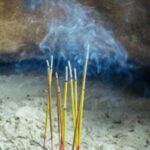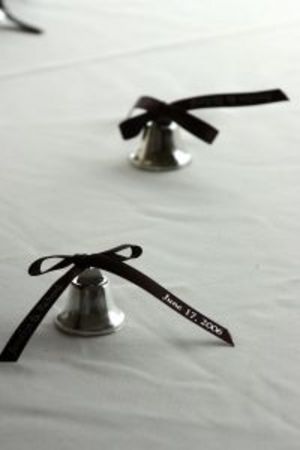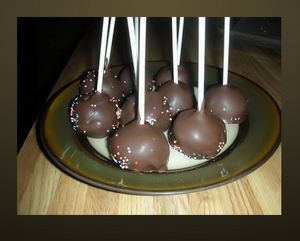True and False Cedars
Many North American trees are called cedar. This includes the western red cedar (Thuja plicata), incense cedar (Calocedrus decurrens), Atlantic white cedar (Chamaecyparis thyoides) and eastern red cedar (Juniperus virginiana). Together these trees are lumped together and sometimes referred to as the “false cedars”, for no true cedars grow in North America. Instead, the genus Cedrus (or true cedars) can be found growing in the eastern edge of the Mediterranean or in the Himalayan mountains.
Common Characteristics
Both “true” and “false” cedars share the common characteristic of bearing aromatic red-colored wood that is water and insect-resistant. For this reason boards and planks cut from North American cedars have been employed in many different capacities that may be encountered in everyday use. The construction of cedar wood chests and cedar-lined clothes closets are just two examples of how the aromatic properties of this conifer wood are employed to repel insects. Examples of water-repellent cedar boards and shakes can be seen in the exterior application of cedar roof shingles, wall siding, fence posts and building timbers.
Fence Posts
Cedar trees that have a small to medium diameter can be cut and trimmed to use as log posts. The eastern red cedar is prized for its ability to withstand long-term use as a fence or building post for small sheds and other outdoor buildings. This tree, which is actually a juniper grows wild throughout the eastern half of the United States. The small evergreen can often be found growing on farms and small woodlots, as a weed tree. However, when harvested at the right size, they function very well as fence posts that can be placed directly in the ground. Eastern red cedar seems to weather the outdoors best when the bark and light-colored sapwood is removed with a long-handled debarking tool or logger’s spud and the post is set in the ground on top of a small pad of packed gravel. Other trees that perform well in similar tasks are black locust, Atlantic White cedar and Osage orange.
Building Posts
Outdoor buildings such as sheds, feeding stations, livestock shelters and even small barns can be built from taller posts crafted from cedar logs. Again the smaller diameter trees are preferable and they should be scraped clean of all bark and sapwood as described above. A preservative/sealer can be applied to the portion, which sits in the ground on the gravel pad to extend the life of the pole. By using 8 to 12 foot posts a frame for a small shed can be built. Other rustic materials can be used to construct the walls, roof, doorway and floor, if necessary.
Decorative Interior and Exterior Posts
Once a cedar log is debarked and scraped the remaining beam can be shaped with an adze and then air-dried. A cedar post cut in such a way can be used as a decorative support on the front porch, interior stairwell or as a decorative inside wall support. More talented woodworkers might even want to carve a design or small figure into the upright piece.



